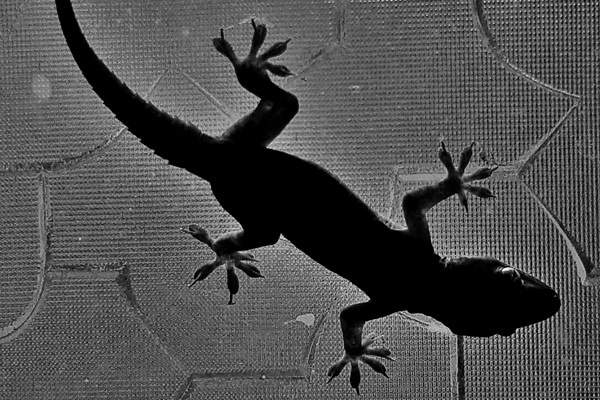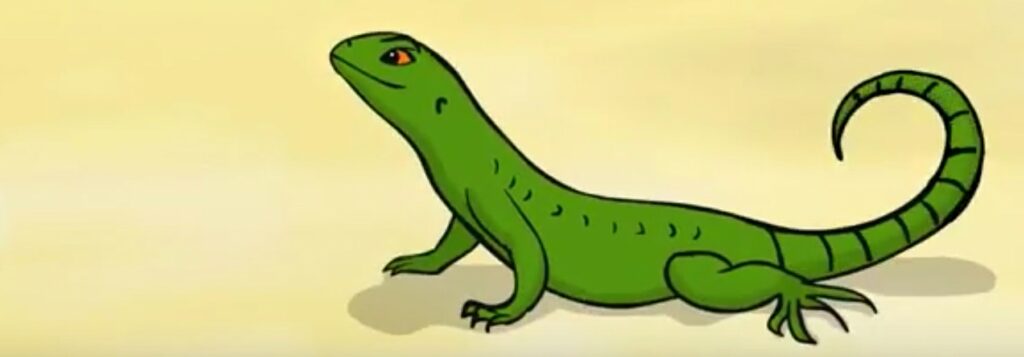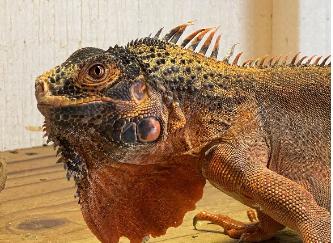Not Just Another (Wall) Lizard

I like lizards – no surprise there. In fact, the majority of my family is made up of lizards. But my love for lizards doesn’t stop there. Along with my lizard family members, I decorate my world with decorative lizards. Let’s take a little tour of my abode and let me introduce you to all […]
So, You Want to Write a Book? by Curtis Curly-tail Lizard

I’ve heard from many people staying at home now that lots of people want to write a book and writing creatively is a good use of time. I would even say it is a perfect use of time when the stories are about me–or even other reptiles, once in a while. People often ask me […]
How Do You Know if a Lizard is a Green Iguana? by Curtis Curly-tail

Hello, out there, friends and fans! It’s me, Curtis Curly-tail! Today, I wanted to ask you if you knew that Green Iguanas, Iguana iguana, come in different colors? And, if they come in different colors, how do you tell if a lizard is a green iguana? You look for the subtympanic scale. “What is that?” […]
Using Children’s Books for Science Education–at a Bar!

Last February, I had the honor of giving a science talk at a local bar. Yes, a bar! But it’s a very different bar–it specializes in astronomy and holds weekly science trivia contests with March for Science Southern Arizona. My talk was about using entertaining children’s books in science education. It was kind of fun […]
Don’t Call Me Turtle!

Ladies and gentlemen, it’s me, Curtis! Welcome to my first “Tails” post! Today, I’m telling you the story of Myrtle, a Red-foot TORTOISE who lives with Elaine. When Myrtle grew tired of everyone calling her Myrtle the Turtle, one day she asked Elaine to write a book about the differences between tortoises and turtles. Of […]
